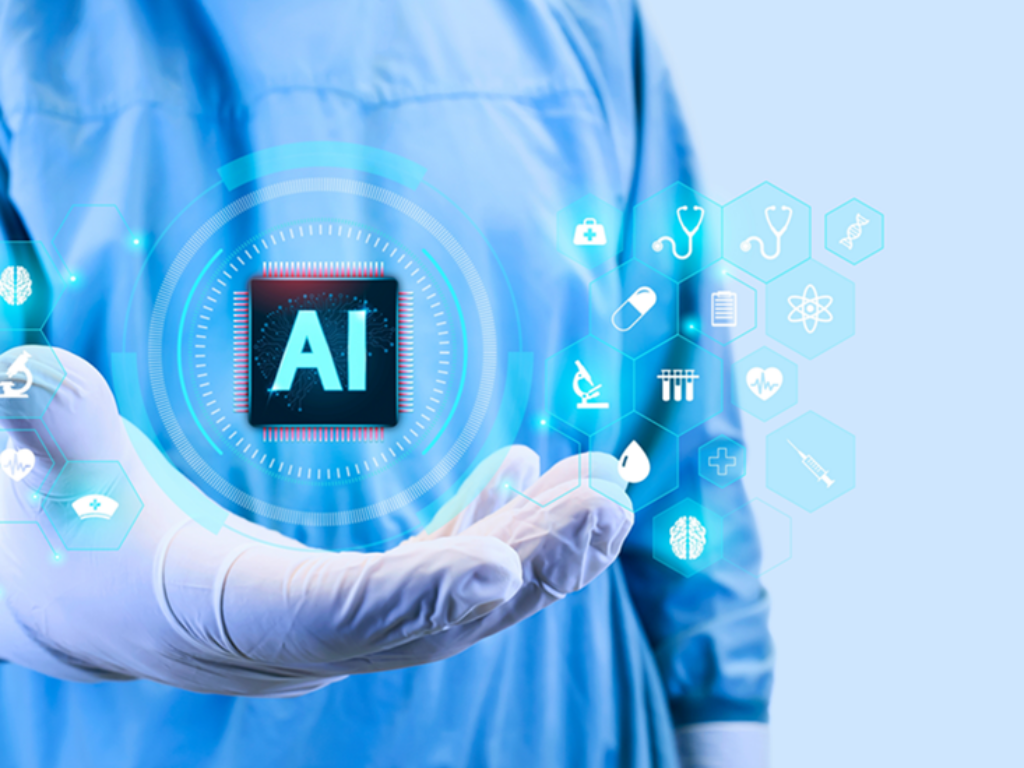
The merging of AI and life sciences in 2025 has gone from being a theoretical idea to being the main part of modern healthcare. The current era of AI integration reveals a new level of power and transparency in medical science, just like taking off the cowling of a high-performance engine shows the mechanics inside. Here is a look at these top AI-powered solutions.
The “30-Day” Revolution in Drug Discovery
The new generation of generative biology platforms has drastically shortened the traditional ten-year timeline for drug discovery. In 2025, pharmaceutical companies like Pfizer, working with platforms like Flagship Pioneering’s Logica, are showing that they can find validated drug targets in about 30 days, a process that used to take years. These systems don’t just “find” molecules; they also create entirely new protein structures that are best for bioavailability and safety by using huge knowledge graphs that show billions of biological relationships. This “in silico” first approach lets scientists run millions of simulations of how a molecule will interact with a biological target before they make a real compound in the lab.
The “Digital Twin” Standard in Precision Oncology
Through the use of “digital twin” technology in clinical trials, AstraZeneca and other leaders in cancer research have changed the way cancer is treated. AI models no longer just use general population data; they now make a virtual physiological copy of a specific patient. AI was used in recent important trials shown at ESMO 2025, like TROPION-Breast02, not only to analyze data but also to predict how each patient would respond to antibody-drug conjugates. This lets doctors try out different dosage regimens on the “twin” first, which maximizes effectiveness and minimizes side effects. The result is a change from “trial and error” medicine to “predict and perfect” therapy. This makes sure that strong treatments like datopotamab deruxtecan are given with mathematical accuracy.
The Preventive Monolith: AI-Based Lifestyle Coaching
The Cleveland Clinic has successfully put AI to work as a lifestyle architect that is always on the job, moving from treatment to prevention. With Twin Health, they have created a “bundled” intervention system for Type 2 diabetes that works like a machine and is always on the lookout. The system creates a dynamic metabolic model of the patient by taking in real-time data from continuous glucose monitors and wearables. It gives very personalized, second-by-second advice, telling a patient exactly how a certain meal will affect their blood sugar before they eat it. This is not just tracking; it is predictive biological engineering that has been shown to greatly lower the need for drugs like insulin and GLP-1 agonists.
The Delirium Shield for Critical Care Intelligence
Mount Sinai has put AI to work as a silent guard against complications that can happen in the hospital in the high-stakes ICU. The fact that they will use an AI-powered delirium prediction model in 2025 is a sign of operational intelligence. The model finds patients who are at high risk of delirium hours or days before symptoms show up by looking at thousands of data points from electronic health records, such as small language patterns in nursing notes. This system has quadrupled the number of detections, which lets clinical teams step in before they happen. It acts as a “nervous system” for the hospital, processing signals that are too complicated or spread out for human staff to catch during regular rounds. This cuts down on the length of stay and long-term cognitive decline.
The Ethical Firewall: “Human-in-the-Loop” Check
As these systems become more independent, the industry has built complex “ethical firewalls” to protect safety and fairness. Studies from places like Mount Sinai have shown how dangerous demographic bias can be in generative AI recommendations. In response, 2025 saw the standardization of “AI Assurance Labs,” which are specialized internal units that stress-test algorithms against a wide range of patient profiles before they are put into use. These units work like quality control in high-end manufacturing, always trying to “break” the model to find places where it doesn’t work. This makes sure that the AI engine’s raw power is always controlled by a strict set of ethical rules, which keeps the doctor in charge of care.